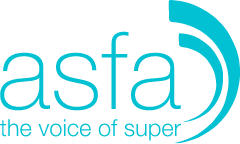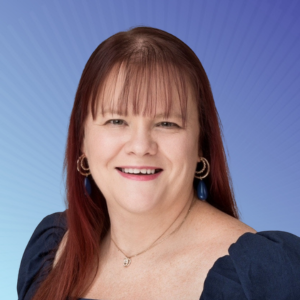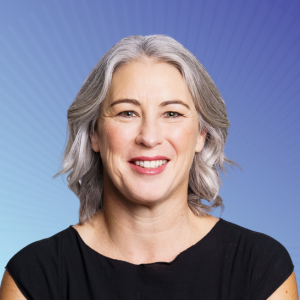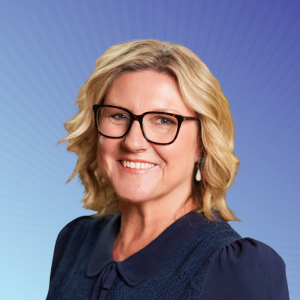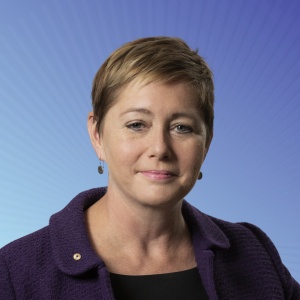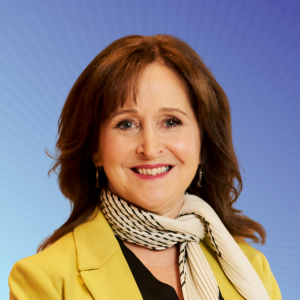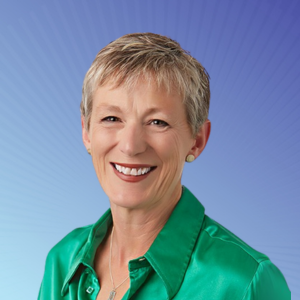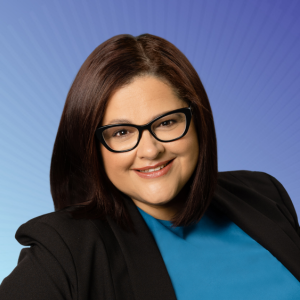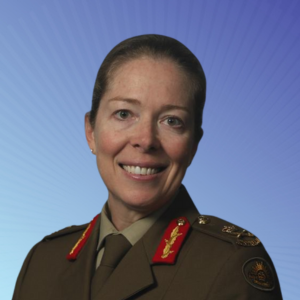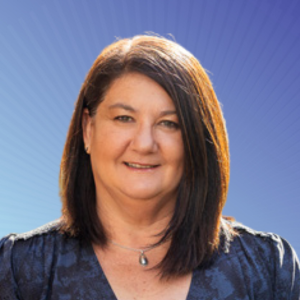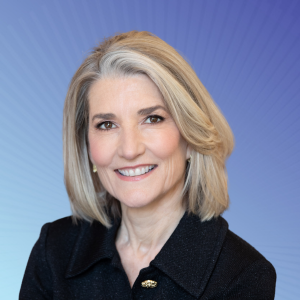21 October 2014
Single retirees will need to spend $767 more this year in order to live a comfortable lifestyle in retirement: ASFA Retirement Standard
The rising cost of living means single retirees will need to spend $767 more a year than this time last year, and couples will need to spend $1,131 more to live a comfortable lifestyle in retirement, according to the September quarter Retirement Standard released by the Association of Superannuation Funds of Australia (ASFA) today.
Couples wanting to live a ‘comfortable’ retirement will need to spend $58,326 per year, up 0.3 per cent on the previous quarter. This would require a joint superannuation balance of around $510,000 to achieve this. Singles seeking a ‘comfortable’ retirement will now need to spend $42,597 a year, an increase of 0.4 per cent from the previous quarter, and require a super balance of around $430,000.
Seasonal September quarter price rises for fruit (+14.7 per cent) and property rates and charges (+6.3 per cent) saw ‘modest’ budgets affected the most, while the removal of carbon pricing gave retirees some relief from rising electricity prices, which fell (-5.1 per cent).
In relation to the cost of a modest standard of living (compared with the previous quarter), singles faced a 0.5 per cent rise in annual expenditure, which grew to $23,489, and expentidure for couples rose 0.4 per cent to $33,784. This means a single person would need to spend $457 more and a couple $664 more in order to live a modest lifestyle in retirement, compared to this time last year.
ASFA CEO Ms Pauline Vamos says the rising cost of living shows just how important it is to save as much superannuation as you can afford before you retire.
“When you are no longer relying on a wage or salary, even small increases in the cost of living can hit hard, particularly when non-discretionary items such as food or medicines are affected. The best way to shield yourself against increasing costs is to save as much money as you can while you are working. This will give you the financial freedom to live the lifestyle you want in retirement.
“It’s also important that people think about creating or buying an income stream that will spread your superannuation savings across your retirement years and that can be adjusted to accommodate rising prices,” Ms Vamos says.
Over the 12 months to the September quarter 2014, the cost of the food and non-alcoholic beverages group rose 3.5 per cent, which was higher than the general rate of inflation. The main contributors to the rise were fruit (+19.2 per cent), vegetables (+10.0 per cent), restaurant meals (+2.2 per cent) and takeaway and fast foods (+1.9 per cent).
The main contributor to the rise in the cost of the recreation and culture group for the September quarter 2014 was international holiday travel and accommodation (+1.3 per cent). This item is most relevant to the comfortable budgets.
The main contributors to the fall in the cost of the clothing and footwear group for the September quarter 2014 were garments for men (-3.7 per cent) and garments for women (-0.4 per cent). This was partially offset by accessories (+0.4 per cent).
The main contributor to the fall in the price of the health group for the September quarter 2014 was pharmaceutical products (-1.4 per cent), which fell mainly due to the cyclical effect of a greater proportion of consumers exceeding the Pharmaceutical Benefit Scheme (PBS) safety net. The fall was partially offset by a rise in dental services (+0.9 per cent).
Over the 12 months to the September quarter 2014, the health group rose in cost by 4.7 per cent. The main contributor to the rise was medical and hospital services (+6.2 per cent).
Table 1: Budgets for various households and living standards (September quarter 2014, national)
| Modest lifestyle – single |
Modest lifestyle – couple |
Comfortable lifestyle – single | Comfortable lifestyle – couple | |
|---|---|---|---|---|
| Housing – ongoing only | $68.30 | $65.56 | $79.16 | $91.77 |
| Energy | $41.07 | $54.55 | $41.68 | $56.53 |
| Food | $77.05 | $159.61 | $110.07 | $198.13 |
| Clothing | $17.67 | $28.68 | $38.25 | $57.37 |
| Household goods and services | $26.57 | $36.03 | $74.75 | $87.57 |
| Health | $40.64 | $78.43 | $80.63 | $142.30 |
| Transport | $96.05 | $98.78 | $143.14 | $145.86 |
| Leisure | $73.78 | $109.93 | $223.60 | $306.41 |
| Communications | $9.33 | $16.33 | $25.64 | $32.64 |
| Total per week | $450.48 | $647.91 | $816.92 | $1,118.58 |
| Total per year | $23,489 | $33,784 | $42,597 | $58,326 |
The figures in each case assume that the retiree/s own their own home and relate to expenditure by the household. This can be greater than household income after income tax where there is a drawdown on capital over the period of retirement. Single calculations are based on female figures. All calculations are weekly, unless otherwise stated.
Super balances required to achieve a comfortable or modest lifestyle in retirement
In order to fund a comfortable lifestyle in retirement, a couple would need around $510,000 in superannuation and other income-producing assets. This estimate is based on the assumption that both members of the couple do not retire before qualifying for the Age Pension. Over the retirement period, the couple will receive at least a part Age Pension, which may increase to be the full Age Pension as they draw down on their superannuation savings.
For a single person, the amount of superannuation and other savings needed to support a comfortable lifestyle in retirement is around $430,000. Again, this assumes receipt of at least a part Age Pension for most of their retirement period, with the Age Pension component increasing as superannuation savings are drawn down.
To achieve a modest lifestyle in retirement, only very modest superannuation savings are needed if retirement starts at Age Pension eligibility age. For a couple, the lump sum amount of required savings is $35,000 and for a single person it is $50,000. The reason that the required retirement savings amounts are relatively low is that, after recent increases, the Age Pension is not far short of the budgets required for a modest standard of living in retirement.
More information
Costs and summary figures can be accessed via the ASFA website. The ASFA Retirement Standard Calculator can be used to obtain a breakdown of the Retirement Standard budgets for each state. Australians can find out more about superannuation on the independent Super Guru website.
About the ASFA Retirement Standard
The ASFA Retirement Standard is an initiative by the Association of Superannuation Funds of Australia (ASFA), benchmarking the annual budget needed by Australians to fund either a ‘comfortable’ or ‘modest’ standard of living in people’s post-work years.
It is updated quarterly to reflect inflation and provides detailed budgets of what singles and couples would need to spend to support their chosen lifestyle.
Modest lifestyle in retirement
Better than the Age Pension, but people are still only able to afford fairly basic activities.
Comfortable retirement lifestyle
Enabling an older, healthy retiree to be involved in a broad range of leisure and recreational activities, and to have a good standard of living through the purchase of such things as: household goods, private health insurance, a reasonable car, good clothes, a range of electronic equipment, and domestic and occasional international holiday travel.
For further information, please contact:
Lisa Chikarovski: Manager – Consumer Strategy, Media and Public Affairs, 0451 949 300.
About ASFA
ASFA is the peak policy, research and advocacy body for Australia’s superannuation industry. It is a not-for-profit, sector-neutral, and non-party political national organisation, which aims to advance effective retirement outcomes for members of funds through research, advocacy and the development of policy and industry best practice.
